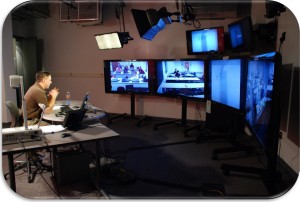
The use of the videos in teaching has been around since the invention of the film projector. With the advent on the internet and online videos from sources such as YouTube, iTunes, and other online outlets, the amount of videos for use has exploded.
Obviously, the question is how and why should you use video in your course?
WHY?
Video has quickly become one of the primary sources by which students interact and learn about their world. YouTube is the second most searched site on the internet. College students watch online videos at three times the rate of adults.
Another reason to use online video is that it supports the flipped classroom approach to teaching, allowing students to watch videos when it most convenient to them and freeing up valuable classroom time for in-depth engagement with course concepts and materials.
HOW
The use of online videos should be closely aligned with course objectives and learning outcomes. Research on learning and student’s attention spans informs us that using videos of a short duration is much more effective than longer lecture based recordings.
Links to videos can be distributed through your learning management system (Carmen), via email, and through other methods.
To learn more about how online videos can be used in your course, check out the links below:
http://www.designingforlearning.info/services/writing/interact.htm
https://www.insidehighered.com/advice/2012/03/21/essay-how-use-youtube-teaching-tool









